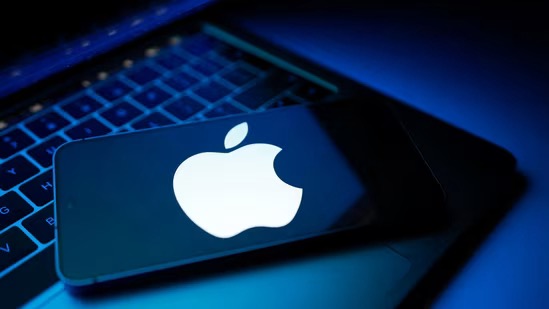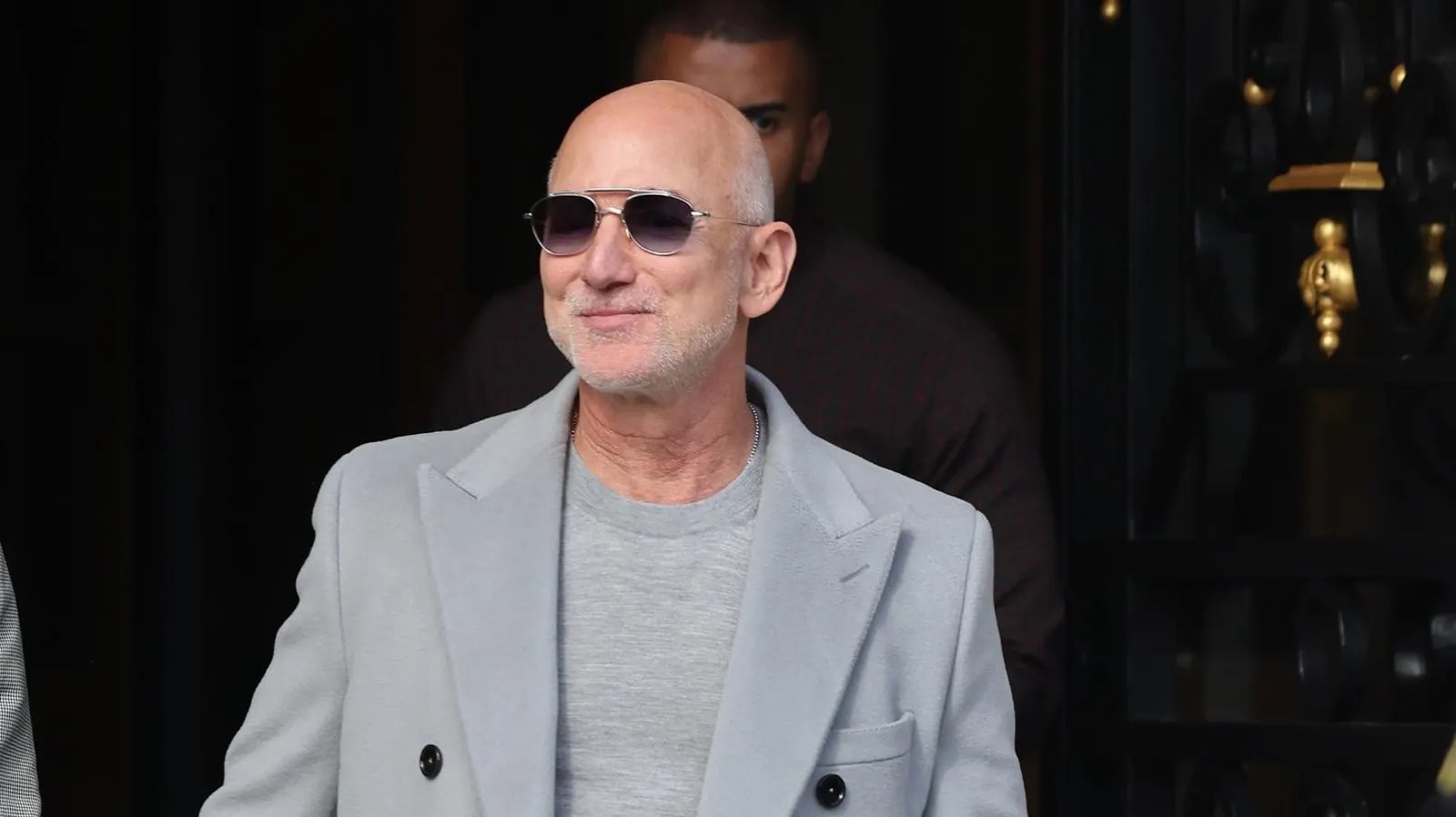In a tragic incident that raised questions about the safety of autonomous driving technology, Tesla has reached a settlement in a lawsuit filed by the family of a former Apple engineer who died in a crash involving the company’s Autopilot feature.
The lawsuit stemmed from a fatal accident in March 2023, when Walter Huang, a software engineer at Apple, was driving his Tesla Model X on U.S. Highway 101 in Mountain View, California. The vehicle, operating in Autopilot mode, collided with a highway barrier, resulting in Huang’s death.
The incident sparked a wave of scrutiny over Tesla’s Autopilot system and raised concerns about the reliability of self-driving technology. The National Transportation Safety Board (NTSB) launched an investigation into the crash, focusing on the Autopilot system’s performance and Tesla’s safety protocols.
After more than a year of legal proceedings, Tesla has agreed to settle the lawsuit with Huang’s family, though the terms of the settlement have not been disclosed publicly. The resolution of the case comes as a relief to both parties, bringing closure to a painful chapter.
Tesla has consistently defended the safety of its Autopilot feature, emphasizing that it is designed to assist drivers rather than replace them. However, critics argue that the company’s marketing of Autopilot may lead drivers to overestimate its capabilities, potentially putting lives at risk.
The outcome of this lawsuit underscores the complex legal and ethical challenges surrounding autonomous driving technology. As self-driving systems become more prevalent on our roads, regulators and industry stakeholders face the daunting task of balancing innovation with public safety.
In response to the incident and subsequent investigation, Tesla has made several updates to its Autopilot software and issued safety advisories to users. The company continues to refine its self-driving technology, aiming to enhance both performance and safety standards.

The settlement brings a measure of closure to the tragic loss suffered by Walter Huang’s family, but it also serves as a reminder of the ongoing need for vigilance and accountability in the development and deployment of autonomous driving systems. As the automotive industry races towards a future of driverless vehicles, ensuring the safety of passengers and pedestrians must remain paramount.












